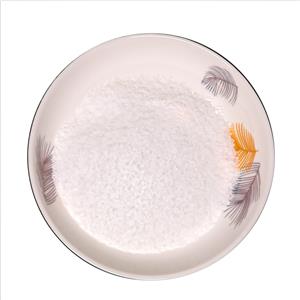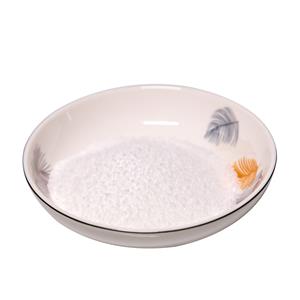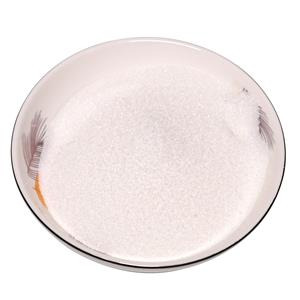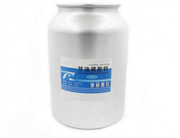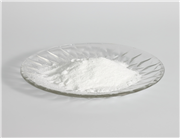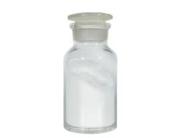Chemical properties:
Calcium glycerophosphate is a white crystalline powder. Odorless, almost odorless, slightly bitter, moisture-absorbing. At 130℃, the crystal water is lost to form nothing, and it decomposes above 170℃. 25℃ dissolves in about 50mL of water per gram. At low temperature, it is more soluble in water, and the aqueous solution is alkaline. Citric acid or lactic acid can improve its solubility in water. Almost insoluble in boiling water. Insoluble in ethanol.
Application:
Calcium glycerophosphate is widely used in medicine, food, toothpaste and other industries. Its use in food can play the role of calcium supplement; In medicine, it plays the biological and physiological role of calcium, has the function of improving tissue cells, constituting bone tissue, and plays the metabolic role of calcium glycerophosphate, which has the role of supplementing brain vitality.
Content analysis:
The sample was accurately weighed and dried at 150℃ for 4h, about 2g, and dissolved in 100ml water and 5ml diluted hydrochloric acid test solution (TS-117). Transfer the solution to a 250ml volumetric bottle and shake well after filling with water. Absorb 50.0ml of the solution into a suitable container and add 50ml of water. Under stirring (preferably using a magnetic agitator), 0.05mol/LEDTA disodium was added to about 30ml, sodium hydroxide test solution (TS-224) was added to 15ml and hydroxynaphthalol blue indicator was added to 300mg, and then continued to be added to the blue end point. Each Ml0.05mol/L of disodium EDTA is equivalent to 10.51mg of calcium glycerophosphate (C3H7CaO6P).
| Density | 1.82-1.855[at 20℃]
|
| Melting Point | > 170℃
|
| Vapor Pressure | 0 Pa at 25℃
|
| Storage Condition | Inert atmosphere,Room Temperature
|
| Solubility | Slightly soluble in water, almost insoluble in ethanol (96%)
|
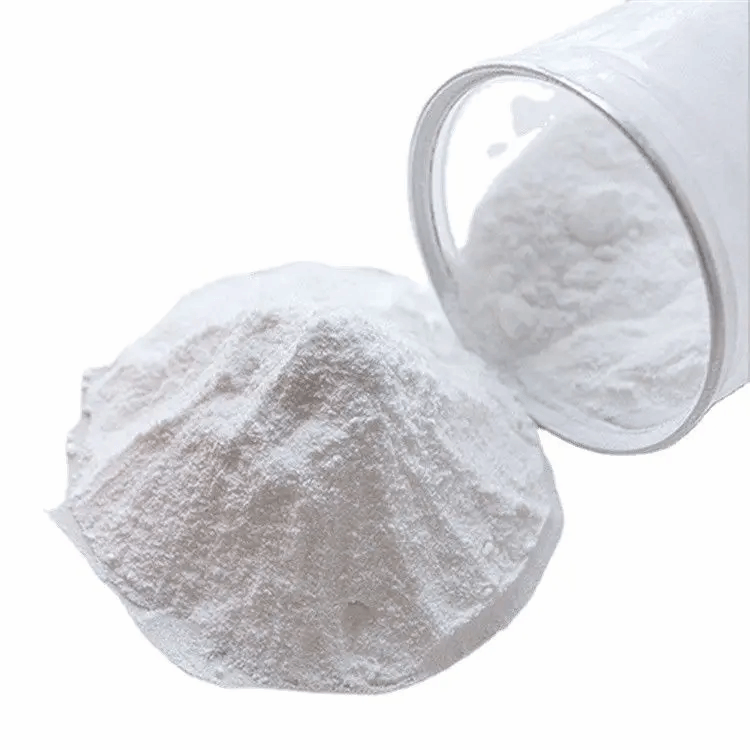

 China
China
